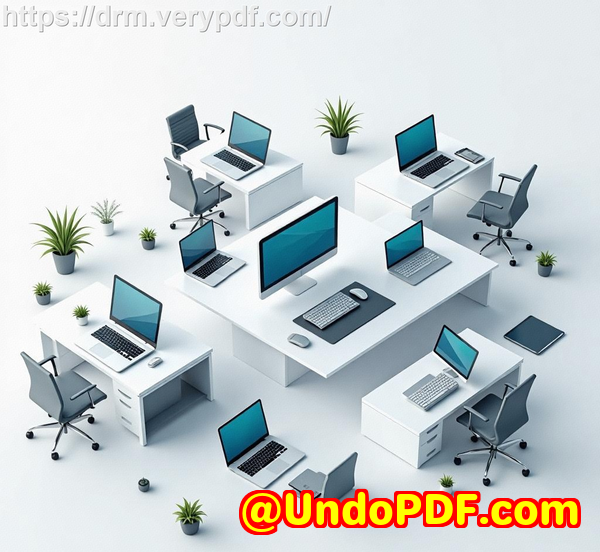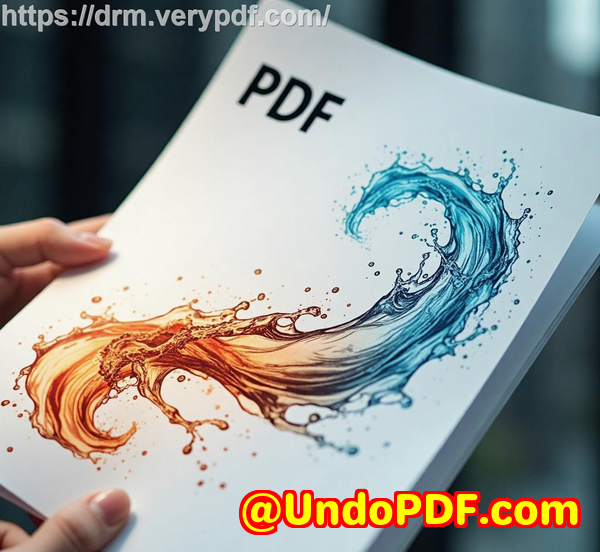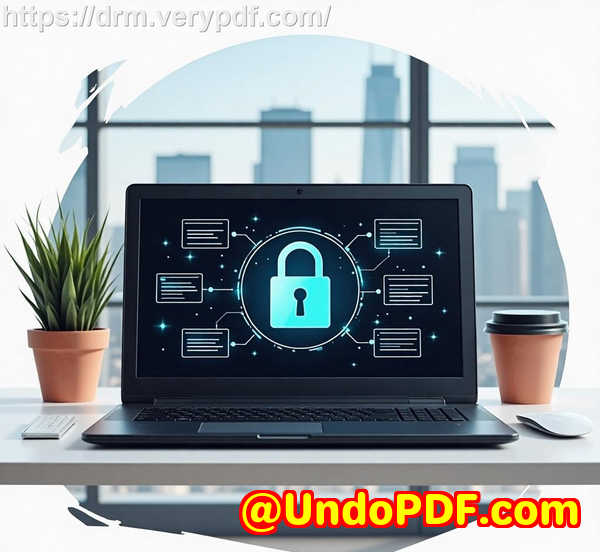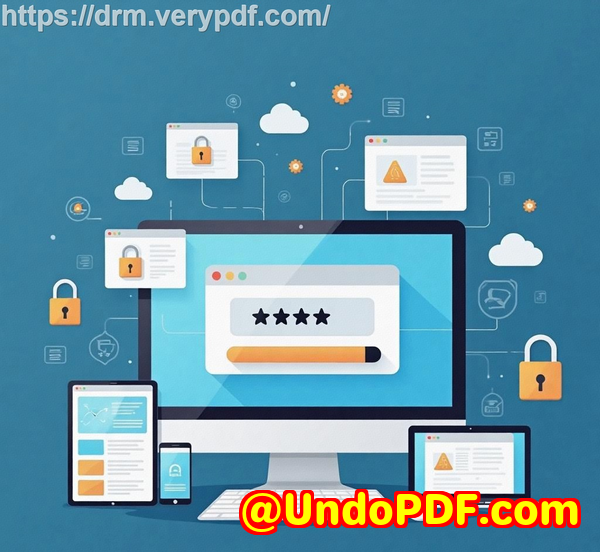Convert Barclays Bank Statement PDFs to Excel, CSV, JSON Using VeryPDF Table Extractor High Accuracy, Batch Mode, and Support for Multi-Page PDF Reports
Convert Barclays Bank Statement PDFs to Excel, CSV, JSON Using VeryPDF Table Extractor High Accuracy, Batch Mode, and Support for Multi-Page PDF Reports
Managing bank statements can be a nightmare. Every month, I used to spend hours manually copying transactions from PDF statements into Excel spreadsheets. Mistakes were inevitable, deadlines were stressful, and juggling multiple accounts from different banks felt like climbing a mountain in flip-flops. If you’ve ever faced this, you know exactly how painful it can be. That’s when I discovered VeryPDF Table Extractor, and it completely changed the way I handle financial documents.

VeryPDF Table Extractor is a web-based tool designed to convert PDF bank statements into clean Excel, CSV, or JSON formats. It’s perfect for accountants, bookkeepers, financial analysts, and even business owners who need to process large volumes of bank statements efficiently. The tool supports statements from over 600 banks worldwide, including Barclays, HSBC, Citibank, and Bank of America, so you’re rarely left out.
One of the standout features for me is batch processing. Before using VeryPDF Table Extractor, I had to open each PDF, copy the data, and paste it into a spreadsheet. It was exhausting. Now, I can upload dozens of statements at once, select my output format, and download all the converted files in seconds. For example, last month I processed 40 Barclays PDFs spanning multiple accounts in under five minutes. The time I saved was incredible.
Another feature I love is the high-accuracy AI-powered conversion. The tool intelligently recognises tables, transaction dates, amounts, and descriptions, even in multi-page statements. I tested it with complex Barclays statements that included fees, transfers, and foreign currency transactions. The converted Excel file matched the PDF perfectly, and I didn’t have to touch a single formula. In comparison, other tools I’ve tried would scramble tables, misplace columns, or fail on password-protected PDFs. VeryPDF Table Extractor handles all of these without any hiccups.
Security was also a big concern for me. Handling bank statements digitally can feel risky, but VeryPDF Table Extractor uses bank-level 256-bit encryption, and files are automatically deleted after conversion. I never worried about sensitive information leaking, which is a huge relief for anyone dealing with financial data. Plus, since it’s web-based, I didn’t need to install anythingno bulky software, no updates, no headaches. I could convert PDFs directly from my browser on my desktop, tablet, or even mobile device.
The versatility doesn’t end there. VeryPDF Table Extractor supports password-protected PDFs, allowing me to convert statements without having to first unlock them manually. It also allows exporting to JSON, which is perfect for integrating data into accounting systems or ERPs. I remember a project where I needed to automate the reconciliation of 200 invoices against bank statementsJSON export made it seamless to feed data into our software and reconcile accounts automatically.
Another time-saving feature is multi-format support. I can choose between Excel (.xlsx), CSV, or JSON depending on my project needs. For example, if I’m preparing a report for the finance team, Excel works perfectly. If I need to integrate with a cloud-based accounting tool, CSV or JSON is ideal. This flexibility eliminates the need for secondary conversion tools, keeping the workflow smooth.
Using VeryPDF Table Extractor also solved my biggest frustration: handling statements from multiple banks. I’ve worked with Barclays, NatWest, and Santander, and every bank formats statements differently. Most tools require custom templates or fail entirely when they encounter unfamiliar formats. VeryPDF’s AI automatically recognises table structures, so I no longer spend hours troubleshooting inconsistent data. One day, I uploaded a batch of Barclays and HSBC PDFs together, and it converted everything correctly into a single CSVno errors, no reformatting.
For anyone dealing with recurring monthly statements, this tool is a game-changer. It streamlines accounting, reduces manual errors, and saves an enormous amount of time. I’ve estimated that using VeryPDF Table Extractor has reduced my statement processing time by at least five times. What used to take a full morning now takes a few minutes. It’s especially useful for small businesses, legal teams reconciling client accounts, or accountants managing multiple client portfolios.
VeryPDF Table Extractor isn’t just about speedit’s about accuracy, security, and efficiency. Other tools I’ve used often compromise on one or more of these aspects, but VeryPDF nails all three. If you’ve ever struggled with converting PDF bank statements or manually entering financial data, this is the solution that actually works.
I’d highly recommend this to anyone who deals with large volumes of PDFs, whether for personal finance management or enterprise accounting. Click here to try it out for yourself: https://table.verypdf.com/. Start your free trial now and see how much time and frustration you can save.
VeryPDF also offers custom development services for businesses with unique requirements. Their team can tailor PDF processing tools for Windows, macOS, Linux, and cloud environments. From AI-powered table extraction to barcode recognition, OCR for scanned documents, and custom reporting tools, VeryPDF provides comprehensive solutions. They also handle secure document processing, printer monitoring, and API integrations across multiple technologies including Python, PHP, C/C++, .NET, JavaScript, and HTML5. For bespoke projects, contact them through their support center at https://support.verypdf.com/.
FAQs
1. How do I convert a Barclays bank statement to Excel?
Simply upload your PDF using VeryPDF Table Extractor’s web interface, select Excel (.xlsx) as the output, and click Convert. The system will process your file in seconds.
2. Can I convert multiple bank statements at once?
Yes, batch processing allows you to upload multiple PDFs simultaneously. You can convert dozens of statements in a single session.
3. Is my bank data secure during conversion?
Absolutely. VeryPDF uses 256-bit encryption and automatically deletes files after conversion. Your financial data is never stored or shared.
4. What if my PDF is password-protected?
No problem. VeryPDF Table Extractor can handle password-protected PDFs. Simply enter the password if prompted, and conversion proceeds smoothly.
5. Which output formats are supported?
You can export data to Excel (.xlsx), CSV, or JSON. Each format is compatible with common accounting tools and data integration workflows.
6. Does this work with banks outside the UK?
Yes, the tool supports over 600 banks worldwide, including Chase, Citibank, HSBC, and many more.
7. Do I need to install software?
No installation is required. Everything runs directly in your web browser, making it convenient on any device.
Tags/Keywords
Bank statement PDF to Excel, Barclays PDF converter, PDF to CSV, PDF to JSON, batch PDF conversion, AI bank statement extractor, financial document automation, multi-bank statement processing, secure PDF conversion, VeryPDF Table Extractor



